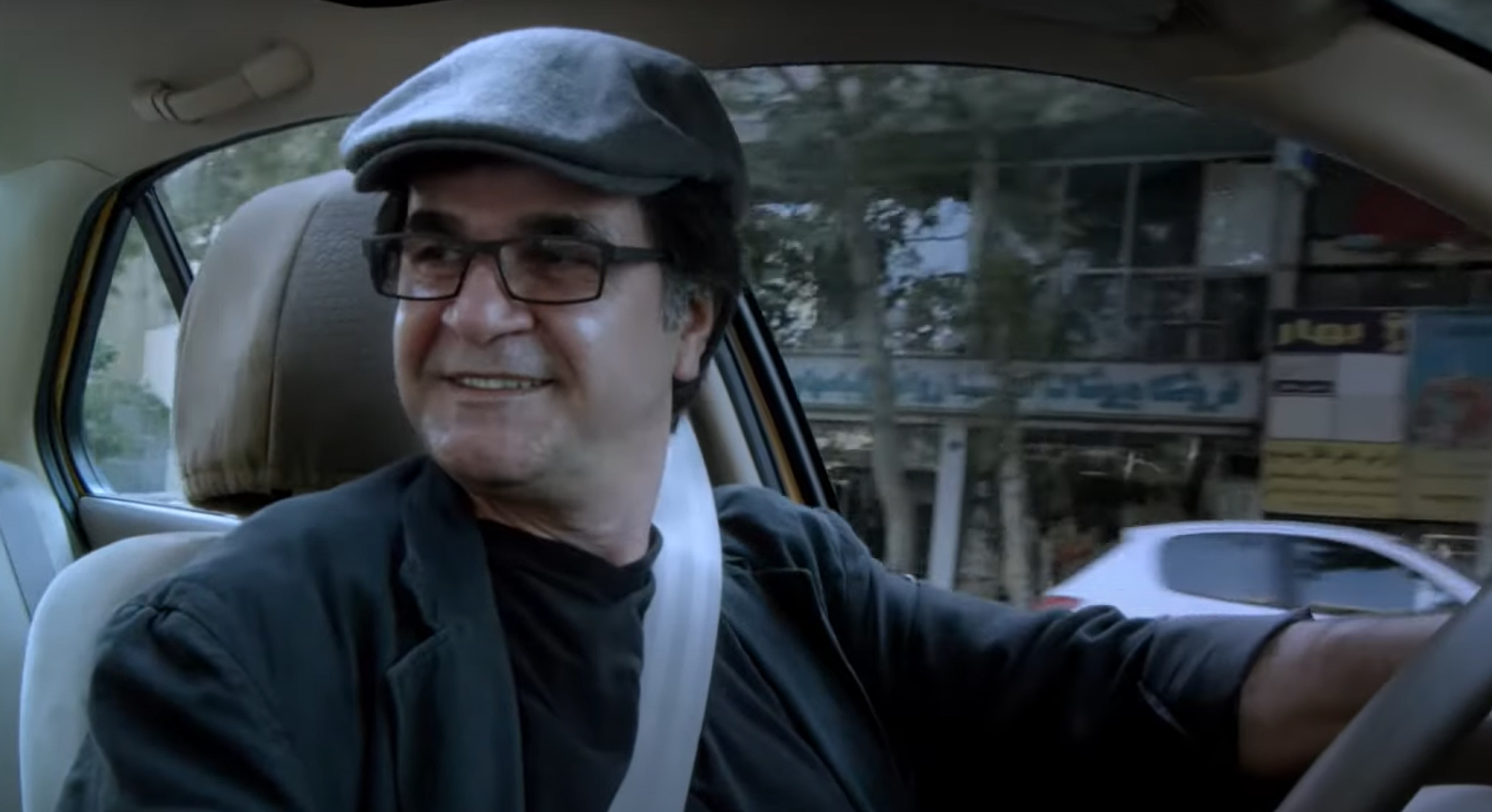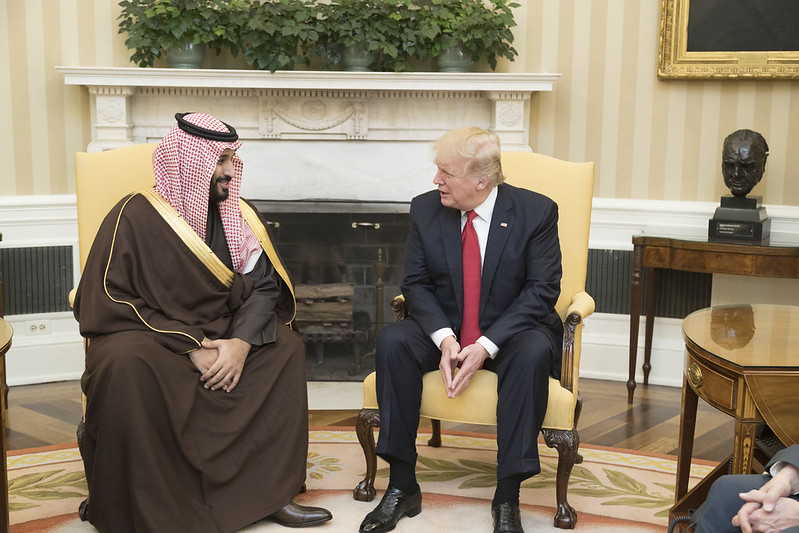 The release of a draft of the British government’s dossier on Iraqi weapons confirms suspicions but also raises more questions, writes Chris Ames
The release of a draft of the British government’s dossier on Iraqi weapons confirms suspicions but also raises more questions, writes Chris Ames
Monday’s release of the John Williams draft of the Iraq “weapons of mass destruction” dossier shows why the government fought for so long to suppress it. It proves what I have always suspected: that a spin doctor was in the thick of sexing up the document that took Britain to war. At the same time, Williams himself has shattered the Foreign Office case for not releasing the draft under the Freedom of Information Act.
We learn two things from the document. Firstly, Williams produced what became the dossier’s executive summary, which purported to set out the Joint Intelligence Committee’s (JIC) “judgments”. Secondly, and consequently, the draft is proved to have led to JIC chairman John Scarlett’s “first draft” the next day and therefore to the published dossier. The first shows that the government misled parliament in making the case for war. The second shows that the government misled the Hutton and Butler inquiries, and parliament again, to cover this up.
Although little of Williams’s preamble made it into subsequent versions, on page five he launched into a format that is now very familiar. “Our judgement… is that Iraq:” followed by a number of bullet points. From Scarlett’s next draft (10 September) up to and including the paper presented to parliament, every version of the dossier used the same structure. Some of the bullet points in Scarlett’s draft used Williams’s exact wording. No earlier version of the dossier used this formulation. Williams’s bullet points even exaggerate some of the claims made later in the draft.
So this is pure sexing up. Some of Williams’s exaggerations, such as the claim that Iraq had actually developed mobile biological weapons facilities, made it into the published dossier. Others, like the claim that uranium had been “acquired” from Africa rather than merely “sought”, made it into the Scarlett draft but no further. Scarlett’s version, claiming that uranium had been “purchased”, was shown to the CIA, who advised that the evidence did not support it.
The significance of the revelation that Scarlett’s draft followed the Williams draft in content as well as chronologically cannot be overstated. From the beginning of the Gilligan/Kelly row, the government staked its whole case on Scarlett’s draft being both the first draft and produced without interference from spin doctors. It initially tried to bury Williams’s contribution and then told Lord Hutton that it was “not taken forward” when Scarlett made a “fresh start”. Foreign Office Minister Kim Howells has made similar claims in parliament and this is the line that the Foreign Office took at the Information Tribunal. To its credit, the tribunal openly doubted this claim.
As I argued previously, given the large amount of material published by the Hutton Inquiry, the idea that releasing the Williams draft would damage the confidentiality of advice to ministers is preposterous. On the BBC’s Newsnight on Monday, Williams himself disputed this, claiming that it was not advice to ministers at all.
This brings us to the marginal notes, whose existence also shoots down the idea that the Williams draft was a dead end. If the draft was not to be taken forward, why were two separate people commenting on it? Who were they? Ministers? Officials? No 10? What is the comment that has been removed from the published version on the tribunal’s instructions and why might it damage international relations? Ironically, a lot of people will now try to find this out.




